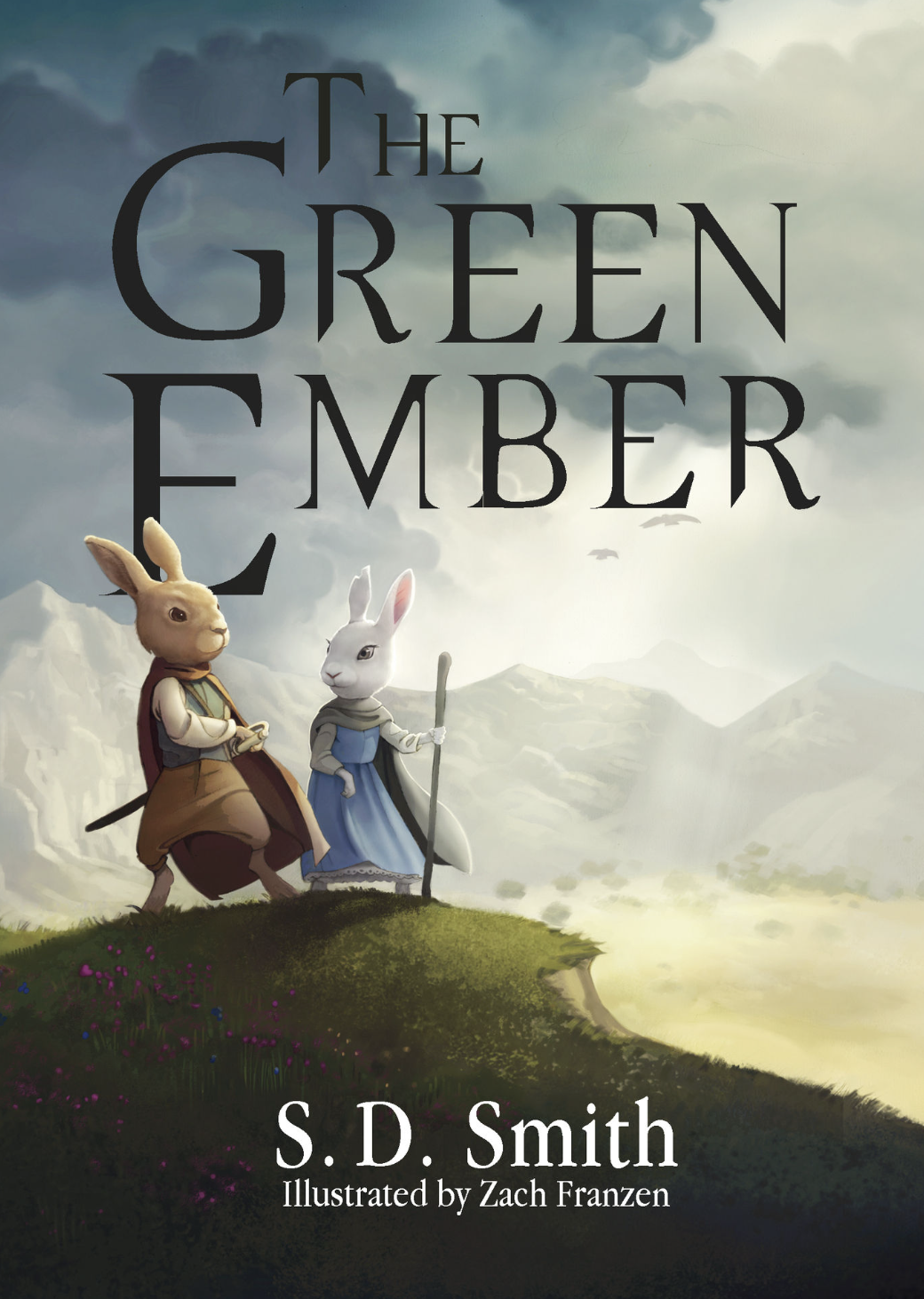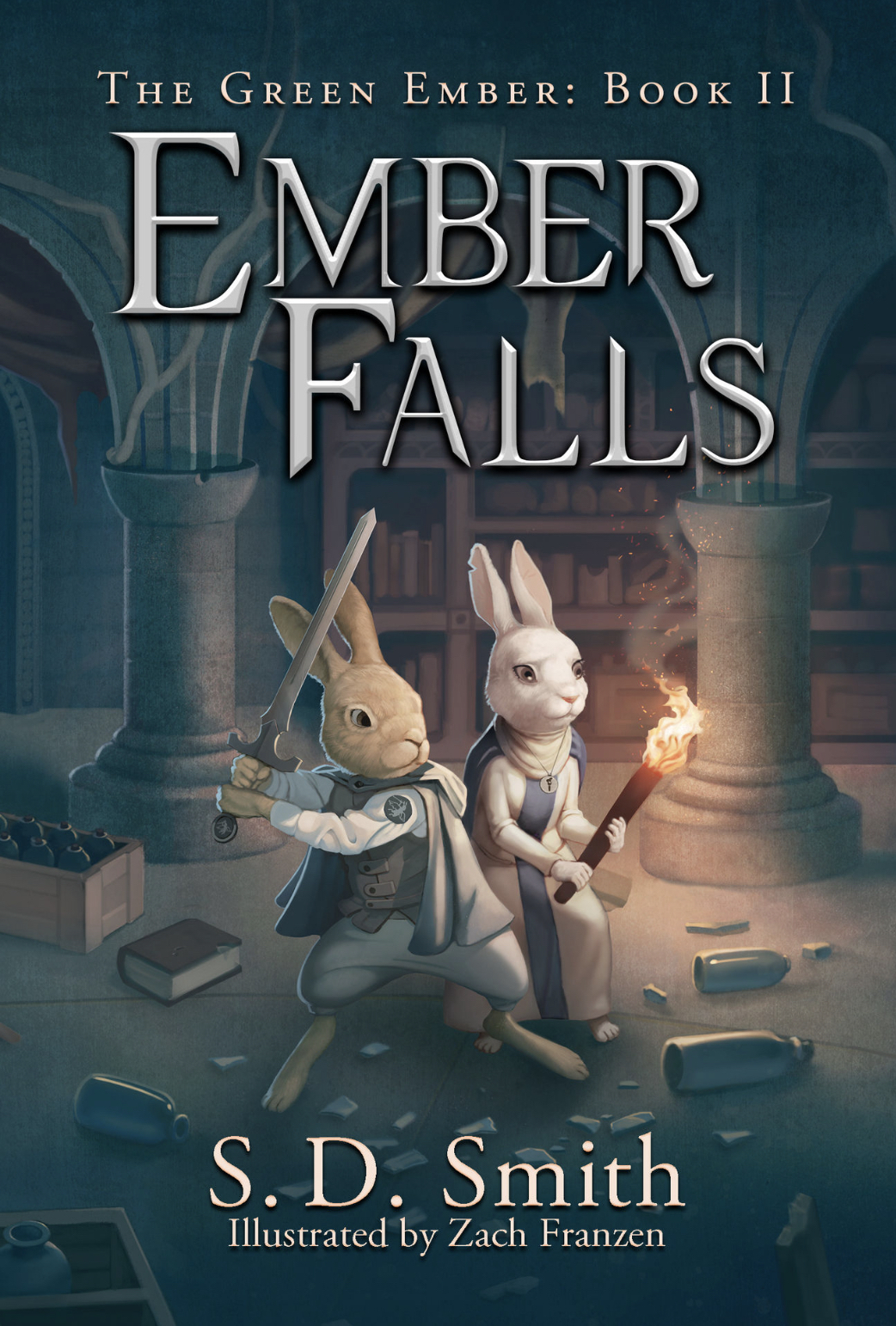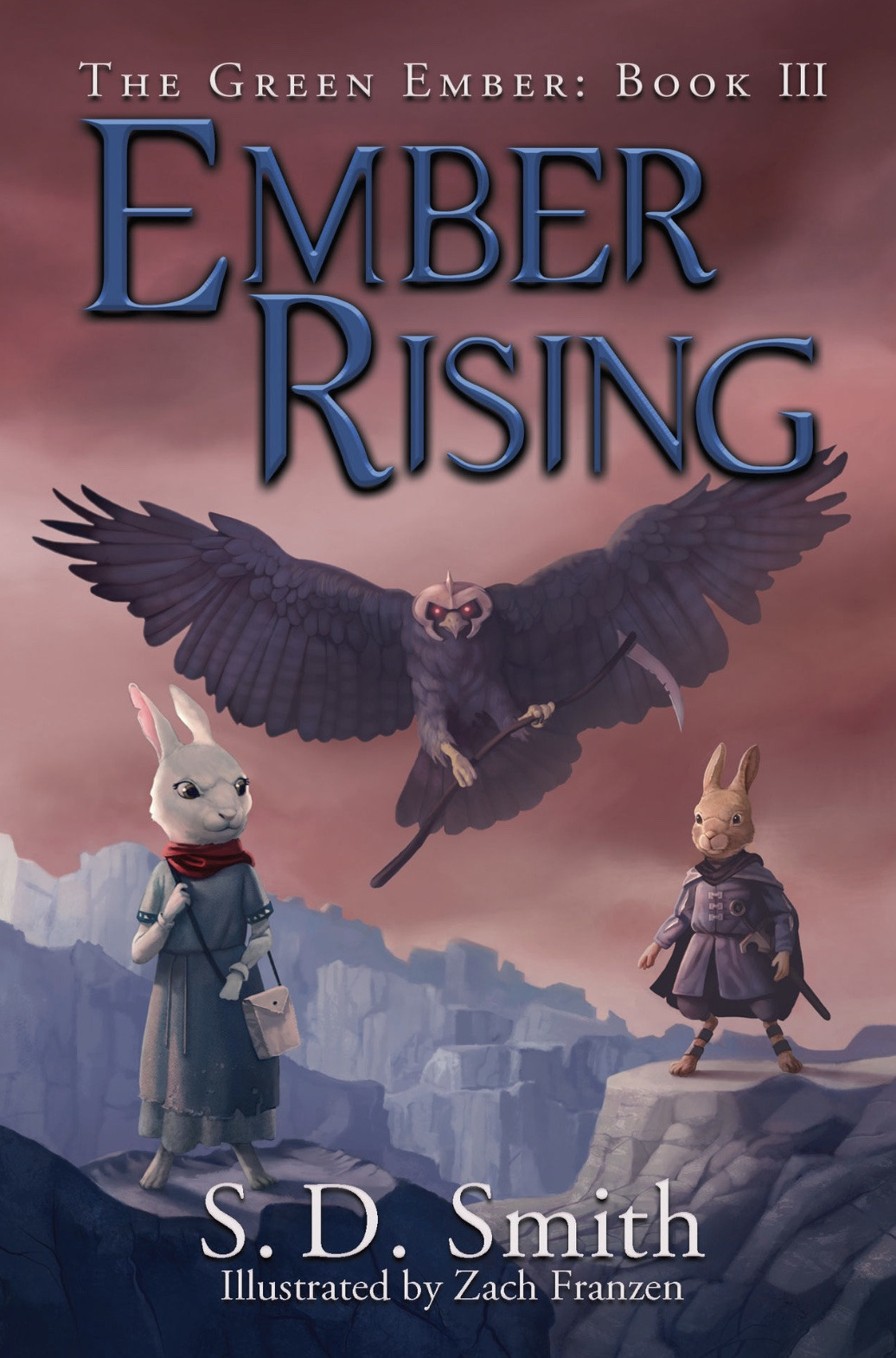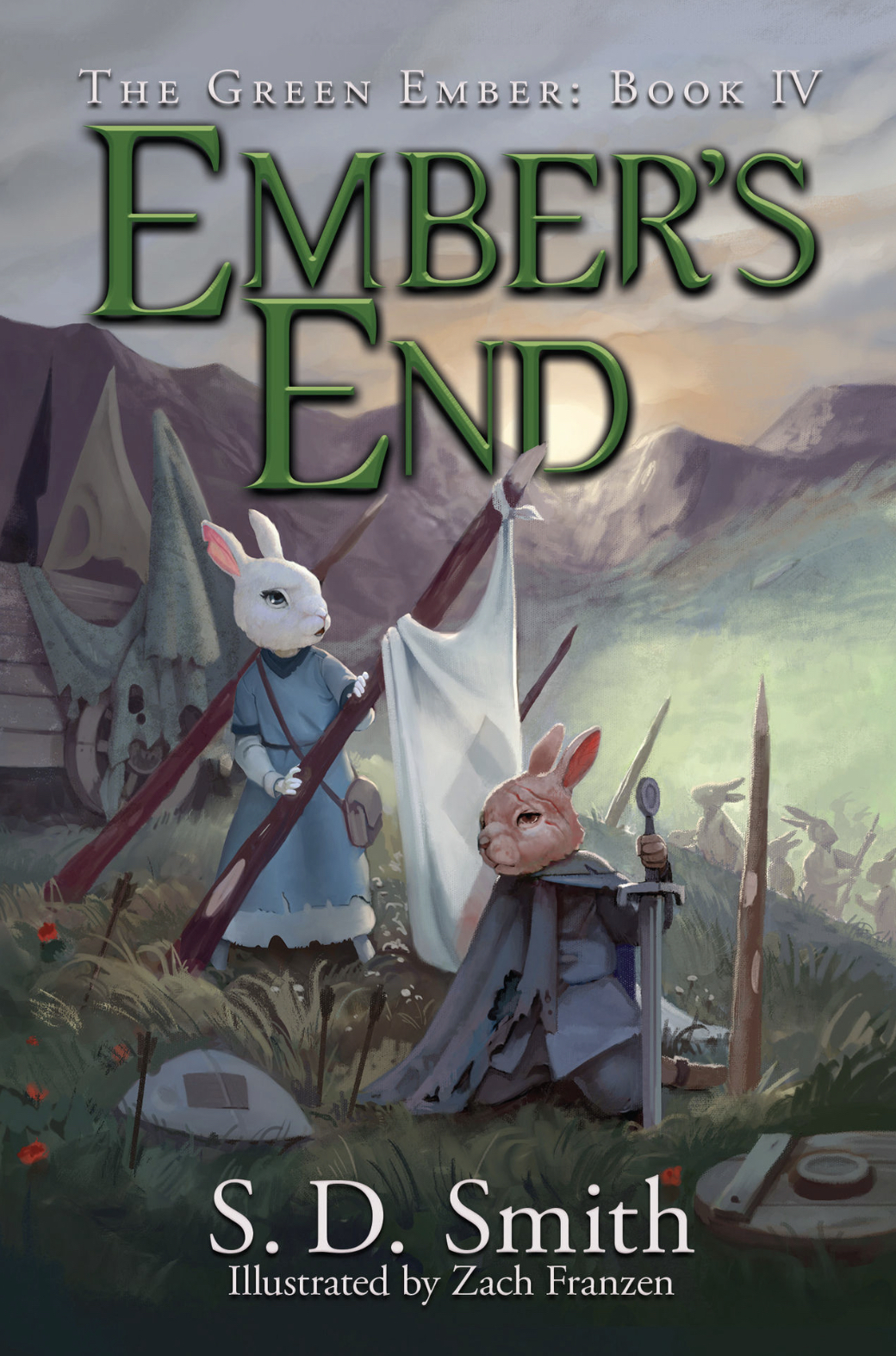Hobbits. Children. Rabbits. These aren’t the typical hero figures we envision when the world hangs in the balance. And yet Tolkien, Lewis, and S. D. Smith knew that. The choice of heroes and heroines was intentional. And I’d venture it was intentional because these authors know that God himself has revealed a pattern of working through the small and weak to do the grand and great.
All throughout the Bible, God chooses the least likely candidates to do momentous things. He chooses a childless nomad to be the father of nations. He chooses the lowest son of Jacob to be the highest ruler of Egypt. He overlooks the muscle and brawn of Jesse’s line to stare at a ruddy boy with a shepherd’s crook. And he planned from eternity to have an infant deal the deathblow to the devil.
God seems fond of frustrating our expectations. And, deep down, we love this—because if the least likely characters find themselves in hero roles, then maybe there’s a chance for us. Maybe what we all need in our striving for significance is the divine reminder that God loves using the seemingly insignificant. Our smallness, in other words, isn’t a problem to overcome; it’s an asset in holy hands.
That, at heart, is why my son and I loved reading The Green Ember series. But rather than spoil it for you by outlining the plot of the four volumes, let me offer three reasons why the series has been so powerful for us, and why it might be for you, too.
1. We need stories that show us what the world looks like from down low, because that’s where we are.
As much as we’d like to be giants or wield superhuman abilities from the sky, it’s far easier for us to identify with characters on the ground. In fact, our smallness in this world appears to set us up against impossible odds. How can we—daily lacking the energy, will, and consistency in a world poised against us—overcome evil with good, let go of old harmful habits, keep our cool during a toddler meltdown, and—get this—resemble the Son of God (Rom. 8:29)? It feels a bit like . . . well, rabbits taking on wolves and falcons, aiming their tiny swords and arrows at giants dead set on their destruction. How could they possibly survive?
We ask that question about ourselves sometimes, don’t we? And we get the overwhelmingly, too-good-to-be-true answer of the gospel: God will work through the small to bring the great. Against all odds, Jesus rose from the dead and built himself a home in us. God chose to have his own mighty power work through broken clay vessels (2 Cor. 4:7). He frustrates our expectations in the most beautiful way. There is much each day that we have to overcome simply to be who God has made us to be. Our growth can look as impossible as the victory of tiny, disheveled rabbits standing up against scores of raptors and wolves. And yet the hope of victory, the hope of “the mended wood,” outshines logic. We need stories that remind us that even from down low, from down here on this broken planet, there is hope unyielding in a God of grandeur.
2. We need to know that people can change.
The more stories I read, the more I’m drawn at the outset to the most underdeveloped characters: the complainers, the egoists, the proud, the self-centered, the fear-stricken. I’m drawn to these characters because I long to see them change. And that’s probably the most miraculous thing to witness in life: the truth of someone’s change, however long it takes to come about. And both Picket and Heather in The Green Ember change and develop all throughout the series. So do supporting characters. Broken war heroes learn what it feels like to love again. Those crushed by loss and grief slowly unfurl in the sunlight of new relationships. Self-serving betrayers discover the real worth of sacrifice. S. D. Smith does a wonderful job in these books of showing how characters change. And we need to know that, since we’re constantly seeking to change ourselves. If change is possible for the most stubborn and stuck, then it’s possible for us.
3. We long for tales that resonate with life experience, especially the passing of time.
As my son and I finished the fourth book, I was struck by what he noticed. After taking weeks and weeks to plough through an epic tale—packed with battles, feats of heroism, harrowing evil, and surprising survival—I assumed he would latch on to a particular character or a scene. But he said something much more moving: “Dad . . . the rabbits are so much older now. So much time has passed.” I wasn’t prepared for the comment, so I just nodded and waited for him to say more. But he didn’t.
At a certain age, children begin to realize that time is sweeping them forward, and they can’t go back. It’s a deep, often melancholy realization. But, in God’s grace, it’s a very good one. It helps them cherish the moments in front of them in ways they couldn’t before. It teaches them the value of simply being alive, of moving through a life that was given to them, not taken by force or will. The awareness of time is a gift of gratitude. It was a precious moment that night when we finished the fourth book, precisely because of this.
So, there are three reasons why we enjoyed the series so much. In fact, it prompted my ten-year-old to say it might be his favorite series of all, and that’s high praise! I’ll leave you with his own review below, and the hope that you’ll find as much depth and joy in Smith’s work as we did. More than a story for kids, I’ve found The Green Ember to be a story for souls.
Isaac’s Review (10 years old): “I’d give it five stars. It’s really good, one of the best books I ever read—maybe even the best. It had a sadder ending than some books, but overall it was really adventurous and fun. I highly recommend it!”
Shop the Green Ember Series:





